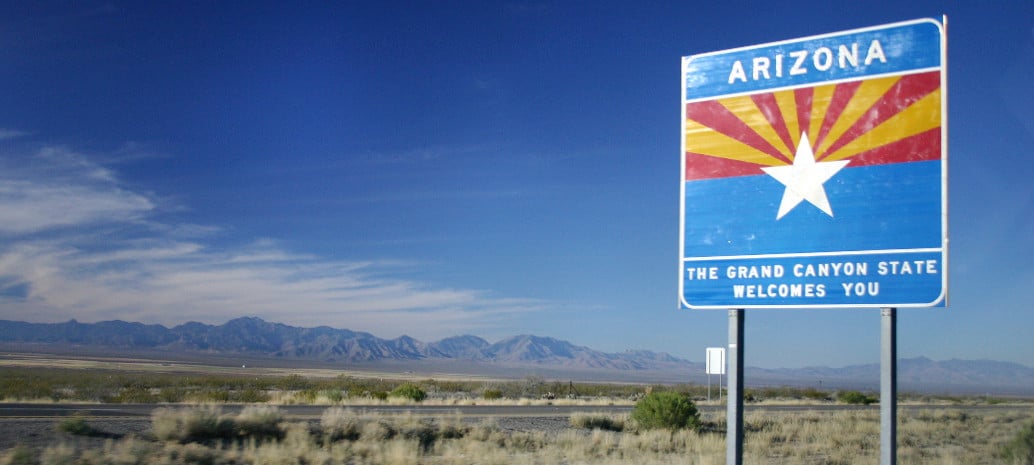A fourth jurisdiction has now implemented a methodology for the valuation of distributed solar to serve as the basis for compensation, instead of net metering. But while programs in Minnesota, Austin, Texas and New York state were seen as experiments by forward-thinking policy makers to better reflect the true value that solar provides, what has emerged in Arizona is compromise as the result of a hard-fought regulatory battle.
The Arizona Corporation Commission (ACC) yesterday closed up a rate case for Arizona Public Service (APS), the state’s largest utility, which includes rewarding generation from rooftop solar PV under a Value of Solar methodology.
The original version of this methodology, issued last October, was hardly worth of the name. It based the value on utility-scale solar generation, and calculated deferred investments infrastructure and environmental attributes on a five-year basis, details that brought protests from the solar industry.
But through legal wrangling the solar industry was able to achieve a compromise, under which electricity from distributed solar installations installed over the next year will be valued at $0.129 per kilowatt-hour. This value will be revised every year, but the ACC can’t reduce this more than 10% annually. Customers who already installed solar will be grandfathered for 20 years.
The nation’s second-largest residential solar installer, which for years has fought APS, did not exactly applaud this outcome. “While Arizona does not serve as a model to encourage innovation in distributed energy, the joint agreement between the solar industry, APS, and other stakeholders is more proof that rooftop solar is inevitable,” Sunrun Chief Policy Officer Anne Hoskins told pv magazine.
There were a number of other significant details to the conclusion of the rate case. Under the blessing of the ACC, APS can now invest $10-15 million per year in its AZ Sun II rooftop solar program, under which the utility pays mid- and low-income customers to install solar on their rooftops, for APS’ use.
Commissioner Doug Little also inserted an amendment which creates an optional “storage-friendly” rate for large commercial and industrial customers. Similar to one that Tucson Electric Power (TEP) has implemented, this will allow large C&I customers to avoid the “demand ratchets” that have been problematic for such customers, as well as off-peak demand charges or declining block demand charges.
The new rate structure will be capped at 35 MW of peak demand, on a first-come, first-served basis, and will be evaluated when 70% of that is filled, and thereafter on an annual basis.
All in all, Sunrun says that the APS settlement should be a model for fellow Arizona utility Tucson Electric Power (TEP). “We hope Tucson Electric Power, the state’s second largest regulated utility, which submitted a proposal to charge solar customers almost 4x as much as APS, will revisit their approach to valuing rooftop solar,” stated Hoskins. “We urge the Arizona Corporation Commission to hold TEP accountable with a more reasonable approach.”
This content is protected by copyright and may not be reused. If you want to cooperate with us and would like to reuse some of our content, please contact: editors@pv-magazine.com.









You keep advertising $20.00 APS monthly bills when you know and I know that is bullshit!!
I’m not sure I understand your comment. I didn’t write anything about a $20 monthly bill in this article – or are you referring to something else?